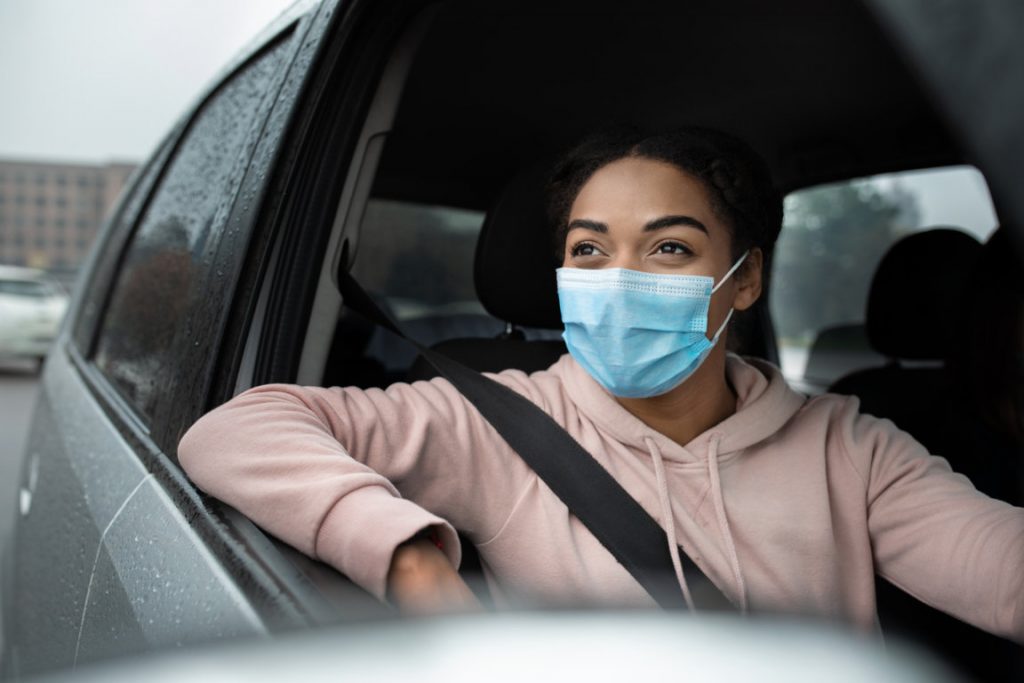Some questions in life are more puzzling than their answers. A common one is does auto insurance follow the car or the driver? Isn’t it more like a MENSA brain teaser than a valid insurance question? It depends on various factors, whether insurance accompanies the automobile or the driver. There are car coverages and driver coverages. In general, auto insurance follows the automobile rather than the driver; however, the specifics of a claim can vary based on the policy, coverage, and jurisdiction.
Liability Coverage
A personal auto policy’s liability coverage follows the driver, assuming the vehicle is eligible. New Hampshire is the lone exception. Liability coverage covers the insured (follows the driver) when driving someone else’s car. In this case, their own auto insurance policy covers them. However, while seeking coverage under a policy, start with the exclusions.
The vehicle may be a friend’s or neighbor’s or a rented automobile, but it may be excluded if it is regularly used. A “replacement” vehicle is likely to be covered, but only if the insured’s vehicle cannot be driven for some reason, such as a repair. If the insured is driving a “private passenger car not owned and stated on the insured’s policy,” coverage may be void. There is nothing like a standard auto policy now, and coverage for non-owned vehicles varies from policy to policy.
Comprehensive and Collision
Comprehensive and collision coverage is related to the insured vehicle (auto insurance follow the car, not the driver). These policies cover vehicle damage caused by an accident or vandalism. By lending your vehicle, you are also lending your insurance. With comprehensive insurance, the coverage will be for the car rather than the driver. This, however, necessitates additional restrictions, such as who can drive the vehicle. Anyone driving a vehicle covered by comprehensive coverage, not named a covered driver, may not be covered in an accident even with authorization. Most policies already include family members (such as children or a spouse) as “insured.” Insurance rarely covers a driver driving a vehicle without permission.
Drivers Using the Insured Car
When an insured permits other drivers to use their vehicle, the subject of whether insurance accompanies the automobile or the car becomes even more complicated. The correct question is whether or not the insured’s auto insurance covers other drivers.
Unfortunately, this question has no satisfactory answer as it depends on policy language, jurisdiction, and circumstances. Most motor insurance policies cover permissive use. There are always exceptions.
There are insurance companies and policies that will not cover drivers not specified in the policy. In addition, the “other driver” must be a relative of the insured. Many insurance companies ask you to name everyone who lives in the insured’s home and regularly drives the insured’s vehicle on the policy. Like any other policyholder, they will need to be underwritten and qualified.
As long as the visiting family member obtains permission from the insured to drive the car, they may be covered in the event of an accident. Ensure that all policies are checked to see any excluded drivers or limitations on coverage for non-named drivers.
Things get more complicated when the permissive user and the vehicle owner have differing constraints. Permissive user liability limits may be utilized as secondary coverage if losses caused by the permissive user are more significant than the owner’s responsibility limitations.

The Insured Driving Another’s Car
In general, someone insured driving someone else’s car has the same coverage as he does for his car. Generally, personal coverage applies when driving a non-owned vehicle. This covers his uninsured motorist coverage and medical coverage. Depending on the policy language, the different limits of the two policies, and the facts, the driver’s property damage coverage may also carry over. Without insurance, a person should not expect to benefit from coverage when driving someone else’s car.
The reasons for driving the vehicle, whether the insured received permission or not, and whether it was a rental or dealership loaner must all be considered when assessing coverage. Individual circumstances and state law will influence the decision, although another policy may take precedence over the insured.
It is rare for an insured to use their liability coverage when borrowing a vehicle from a friend. Auto insurance does not cover a loaned vehicle. Med Pay and PIP coverage also follow the insured into a loaned car, as we’ll see later.
Bodily Injury Insurance
Med Pay and physical injury insurance frequently follow the person, not the car. Med Pay compensates for any injuries sustained by the insured or his passengers, regardless of fault. It frequently follows the driver. It’s based on people, not cars. The insurance covers the person having auto insurance sometimes while walking or bicycling. Drivers who rent a car frequently also get coverage because they are a substitute for their vehicle. In some cases, the car’s MedPay coverage follows its Med Pay, and PIP coverage might extend to passengers who do not have their coverage.
Other State Drivers
Auto insurance covers drivers typically from any state who have the insured’s permission to drive. This is not always the case. When someone else drives the insured’s automobile, the auto coverage and policy conditions might vary substantially based on the carrier and insurance options chosen by the insured. But if an insured drives a company/commercial vehicle, the Med Pay/PIP coverage is usually a priority above the driver’s auto policy, which is secondary. Exceptions exist.
Insurance When the Insured Isn’t present
Comprehensive auto coverage covers an accident when the insured is not present—the specifics of each case matter. If the driver is a relative, the insurance of the absent person will cover the accident by the absent insured. Unless someone steals the car, the insured’s insurance might not cover the claim if the driver did not have permission. These rules may differ between insurance companies and plans.
Sub-Standards
Cheap auto insurers insure people with bad driving records. They can do so by limiting the conditions under which they will give coverage. These substandard carriers do not cover claims covered by standard policies. “Mentioned-driver exclusions” limit coverage to those named in the insurance. If the insured pays for more significant limits, step-down policies generally reduce liability coverage to the state’s minimum. Deductibles may be higher, or a policy may not cover a rental car. As a result, policy terms affect whether coverage accompanies the automobile or the driver.
Does auto insurance follow Car or Driver Insurance?
As we have seen above, this is the wrong question to ask. However, curious minds will continue to ask questions. The vehicle is frequently stated in the policy for insurance that follows the automobile, which isn’t a universally valid answer. The fact that the car has insurance probably covers anyone who drives it with your permission. However, as we’ve seen, it does not cover everyone. The drivers are qualified. Also, collision and comprehensive insurance generally follow the car.
Click here to learn more or get your insurance.


